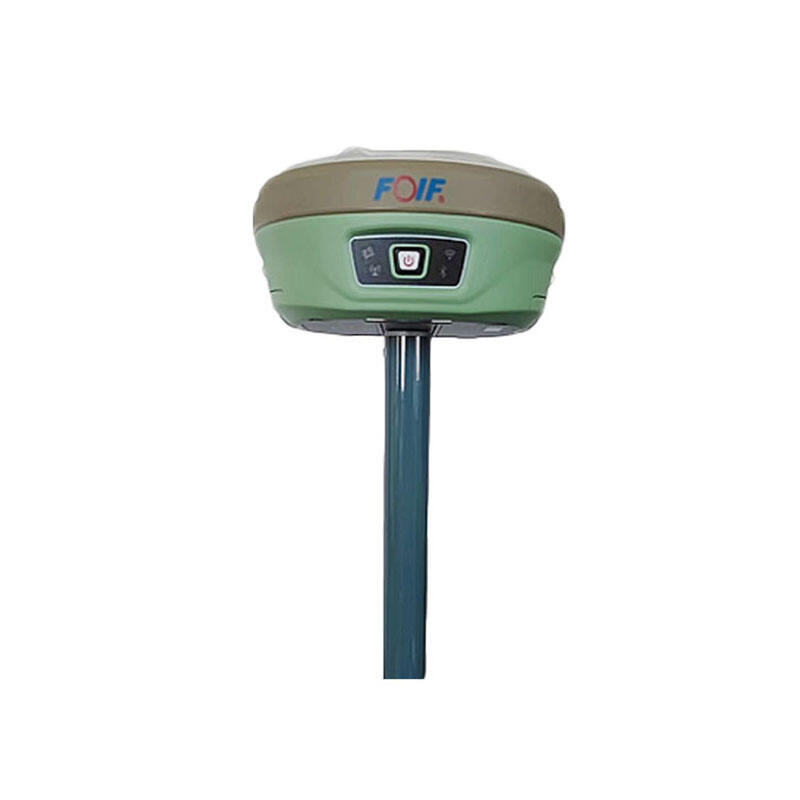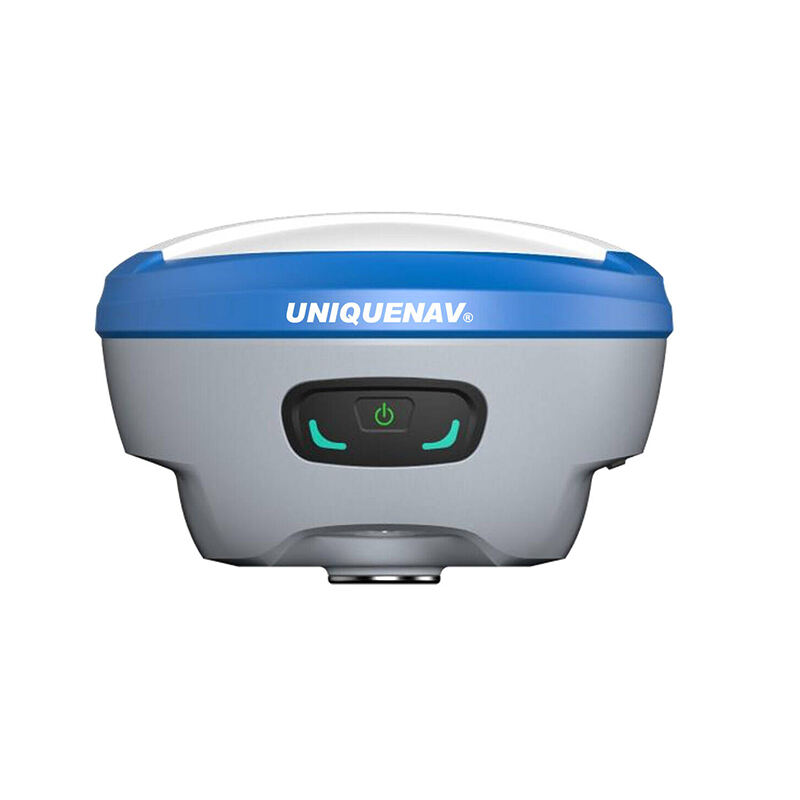multi gnss receiver
A multi GNSS receiver is an advanced navigation technology that can simultaneously process signals from multiple Global Navigation Satellite Systems, including GPS, GLONASS, Galileo, and BeiDou. This sophisticated device represents a significant evolution in positioning technology, offering enhanced accuracy and reliability compared to single-system receivers. The receiver works by capturing and processing satellite signals from various constellations, calculating precise position coordinates through sophisticated algorithms. Its core functionality includes real-time positioning, velocity measurement, and timing information across different satellite systems. The technology features advanced signal processing capabilities, multi-constellation tracking, and robust interference mitigation. These receivers find applications in numerous fields, from precise agriculture and surveying to urban navigation and scientific research. The integration of multiple satellite systems ensures better coverage, especially in challenging environments like urban canyons where buildings might obstruct signals from certain satellites. The receiver's ability to process signals from different frequencies and constellations also enhances its resistance to interference and multipath errors, resulting in more reliable positioning solutions. Modern multi GNSS receivers often incorporate additional features such as Real-Time Kinematic (RTK) capabilities, bluetooth connectivity, and compatibility with various mapping software platforms.


